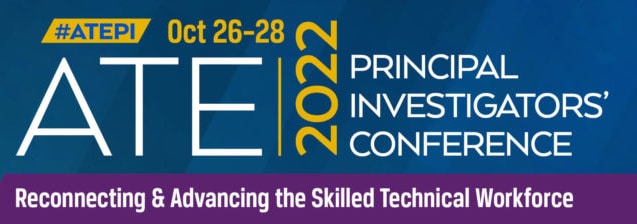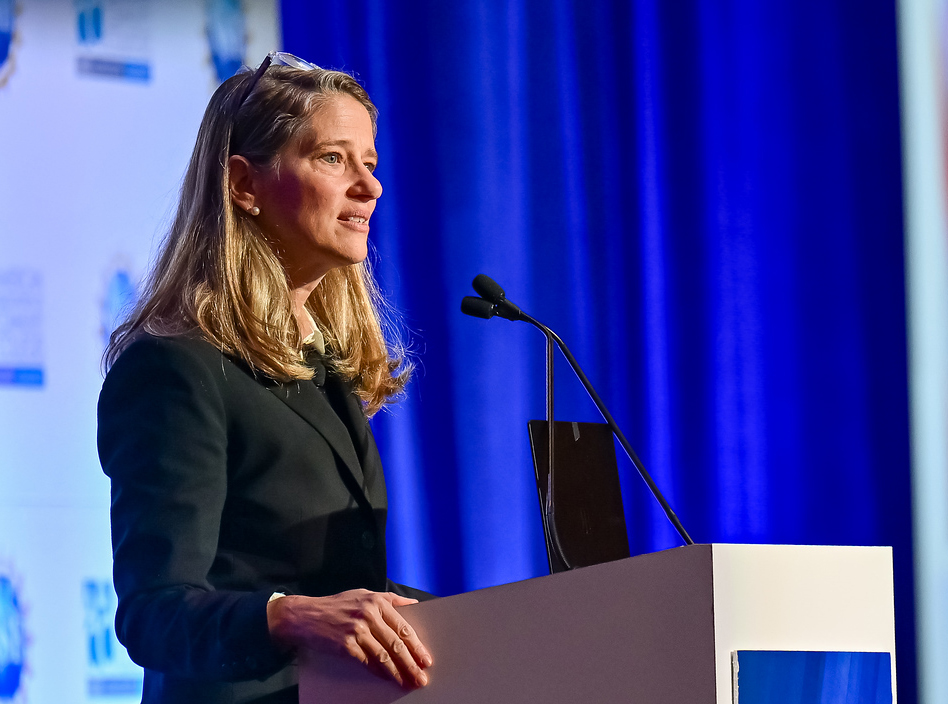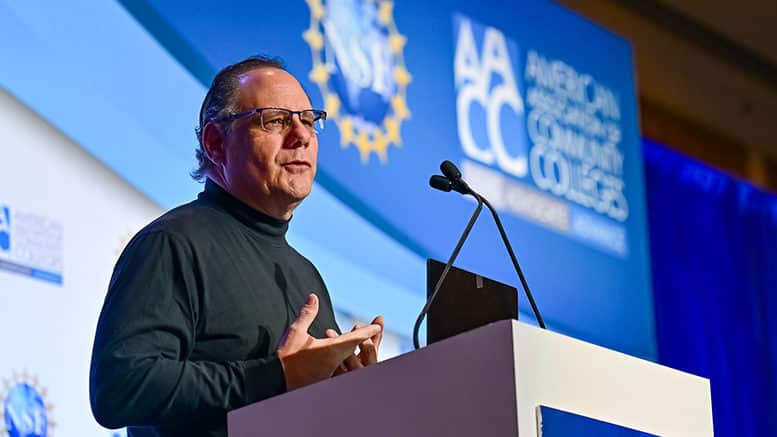STEM educators and industry partners are poised to benefit from the CHIPS and Science Act that will funnel $280 billion into the semiconductor industry while a new bill seeks to direct $1.4 billion to community colleges to educate the cybersecurity workforce.

“This is the carpe diem moment for you all,” Don Millard, deputy assistant director of the National Science Foundation’s Directorate for Engineering, said during a plenary at the 2022 Advanced Technological Association (ATE) Principal Investigators’ Conference.
“We need your help to be able to actually support what we have as audacious goals for the CHIPS and Science Act,” Millard told the gathering on the final day of the conference in Washington, D.C. The American Association of Community Colleges (AACC) hosted the meeting in partnership with and the support of the National Science Foundation (NSF).
A big opportunity
Signed into law in August, the CHIPS and Science Act will invest $280 billion over 10 years to bolster the nation’s semiconductor capacity, advance research and development, and create a larger, more diverse STEM workforce, according to a McKinsey & Company report.
“We need those folks who are going to be working in the semiconductor and microelectronics industries so we can take back the opportunities to be able to manufacture and produce products in the states as opposed to taking them from offshore,” Millard said.
Related article: Washington Watch: What the CHIPS Act offers community colleges
He told community college educators that the companies expanding semiconductor manufacturing facilities in the U.S. will look to them for the “talented workforce to be able to staff those kinds of centers.”
Through the ATE program that focuses on two-year colleges and other initiatives, NSF has been investing in the nanotechnology and microsystems workforce for decades. The CHIPS and Science Act has instigated new investments and partnerships.
In September, NSF and Intel Corp. announced that they will invest $10 million to educate the nation’s semiconductor manufacturing workforce and advance opportunities for equitable STEM education. Last week, the federal science agency announced that it and Micron will “each invest $5 million in support of research, education, infrastructure capacity building, and workforce development for semiconductor design and manufacturing.”
On the cybersecurity front

The recently introduced National Community College Cybersecurity Challenge Act was a topic that Allyson Knox, Microsoft senior director of education policy and programs in Washington, D.C., touched on during her speech at the plenary.
“This [bill] really stands apart because it zeroes in on the power and opportunities of community colleges,” said Knox said. The legislation proposes to authorize $1.4 billion to strengthen cybersecurity defenses and to improve workforce capabilities by expanding community college cybersecurity education programs.
The bipartisan legislation was filed in September by Reps. Lisa McClain (R-Michigan) and Yvette Clarke (D-New York).




